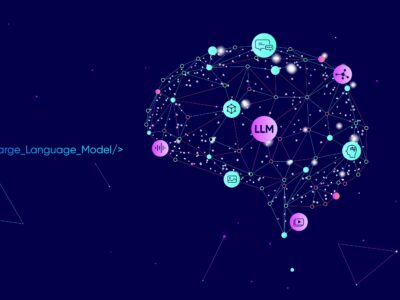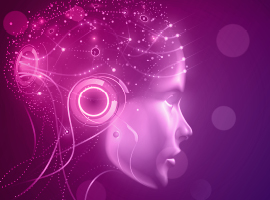Generative AI & Large Language Models (LLMs)
Mar
13,
2025
In this interview, Dr. Pieter Buteneers shares his thoughts on the emerging AI company DeepSeek. We explore the technology behind it, discuss its potential impact on AI development, and touch upon the opportunities and challenges of this innovation.
The rise of large language models (LLMs) has transformed the landscape of artificial intelligence, enabling advanced text generation, and even the ability to write code. At the heart of these systems are foundation models built on transformer models and fine-tuned with vast amounts of data. Ollama offers a unique approach...
Sep
26,
2024
Generative AI models like GPT-4 are transforming software development by enhancing productivity and decision-making.
This guide on prompt engineering helps developers and architects harness the power of large language models.
Learn essential techniques for crafting effective prompts, integrating AI into workflows, and improving performance with embeddings. Whether you're using ChatGPT,...
Jul
29,
2024
Thanks to artificial intelligence, there are no limits to your creativity. Programs like Vecentor or Mann-E, developed by Muhammadreza Haghiri, make it easy to create images, vector graphics, and illustrations using AI. In this article, explore how machine learning and generative models like GPT-4 are transforming art, from AI-generated paintings...
Apr
17,
2024
The intersection of philosophy and artificial intelligence may seem obvious, but there are many different levels to be considered. We talked to Katleen Gabriels, Assistant Professor in Ethics and Philosophy of Technology and author of the 2020 book “Conscientious AI: Machines Learning Morals”. We asked her about the intersection of...
Dec
4,
2023
This article aims to delve into the capabilities and limitations of OpenAI’s models, examine the functionalities of agents like Baby AGI, and discuss potential future advancements in this rapidly evolving field.
Feb
14,
2023
<div style="text-align: justify;">With the release of the AI ChatGPT at the end of November 2022, OpenAI made big waves that don’t seem to be dying down. For a long time, not just in the tech bubble, people waited for the giant Google to answer. Now here it is: Google introduced...
Feb
1,
2023
<div style="text-align: justify;">Disruptive technologies or innovations like ChatGPT set in motion a process that can change the way we do business or even, how we live. The real disruptor is not ChatGPT, but the rapid development of new technologies in the field of AI and ML that are emerging on...
Oct
19,
2022
<div style="text-align: justify;">For some time now, artificial intelligence that allows an image to be generated from a text input, has been more or less freely available. Well-known examples are OpenAI's DALL-E and Google's Imagen. Not too long ago, Stability.ai's DreamStudio.ai was released, which, unlike the other AIs, is completely open...
Feb
16,
2021
<div style="text-align: justify;">In recent years we have seen a lot of breakthroughs in AI. We now have deep learning algorithms beating the best of the best in games like chess and go. In computer vision these algorithms now recognise faces with the same accuracy as humans. Except they don’t, they...
Join ML Conference and stay tuned!









